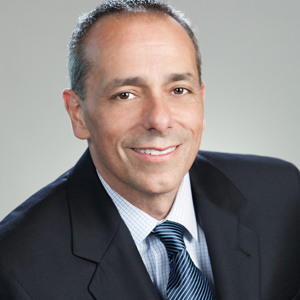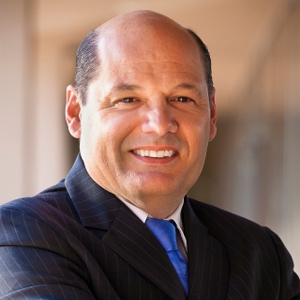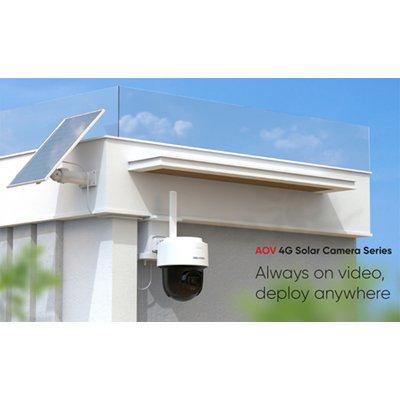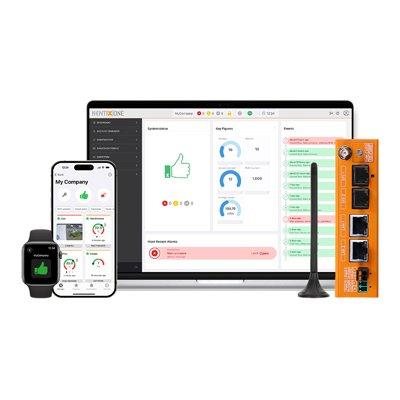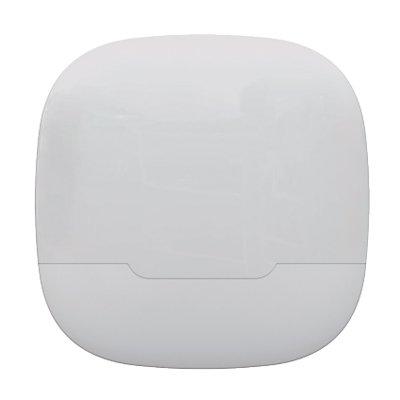Check out our special report on casino security
Was 2017 a good or bad year for security?
Editor Introduction
The end of the year is a great time to take stock of one’s accomplishments during the year, and to reflect on successes and failures, where we are and where we’re going. 2017 brought a lot of change to the physical security market, but were the changes positive or negative? Our Expert Panelists tend to be a thoughtful and reflective group, so we wanted to get their thoughts and insights at year-end about 2017 in the security market. We asked this week’s Expert Panel Roundtable: Was 2017 a good year or bad year for the physical security industry -and why?
It has been a great year for the physical security industry. Exciting new products have been released and many manufacturers are becoming more end-to-end solution providers rather than just pushing products. The end user benefits when working with manufacturers, integrators and consultants who truly understand what their security and business needs are, and offer unified solutions that improve their overall security and business processes.
2017 has been an extremely eventful, and overall good, year for the physical security market. Emerging industry developments and trends have reinforced the need for robust, integrated physical security technology. Specifically, the IoT has enabled a wide array of devices and systems to be interconnected to create more holistic and comprehensive security solutions. This year verified the need for end users to invest in security programmes that integrate multiple technologies, such as video surveillance, access control, perimeter intrusion detection and central command centres, for a multi-layered, multi-technology approach. Additionally, as integrated systems continue to be implemented, the need for an experienced, single-source integrator becomes more important. End users desire an integrator who can support all components of a security programme and oversee end-to-end solutions, from complex planning and layout to installation and system integration.
2017 was a good year for our industry. Consumer confidence is at its highest point in a very long time, complemented by very low unemployment rates. Overall confidence in the economy has spurred investment in new facilities and expansion of facilities that’s driving strong growth. Another observation we’ve made is the parallel between an increase of domestic terrorism and workplace violence with end-user demand for “business-hours” security. As organisations compete for employees in a tightening labour market, the C-suite is increasingly concerned about taking active steps to provide a safe working environment during business hours. This shift in priorities will also fuel security industry growth that will carry into 2018. I expect to see higher demand for access control and new innovative methods for mass notification.
Overall, 2017 was a good year for the physical security market. We’ve seen continued growth, increased awareness about cybersecurity and new markets (audio and intercom) start their journey of convergence to IP. I’m looking forward to a successful 2018!
2017 has definitely been a good year for the physical security industry. Whilst there was clearly a flat period of growth between 2014-2016, we are now seeing a return to the healthy levels of growth we enjoyed before that. It’s hard to say if the whole industry is enjoying significant growth, but TDSi has enjoyed double-digit figures this year and we expect it to continue for at least the next couple of years. We don’t predict any adverse effects from Brexit either, inevitably both the UK and EU will find mutually acceptable compromises with regards to trade. We have also seen a recovery in oil prices, which means the Middle East is again a buoyant regional market. The devaluation of the British Pound has actually enabled export sales to grow quicker than UK sales, with Southeast Asia continuing to be a strong key market too.
From my perspective, 2017 was a good year for the industry due to increased innovation across all product segments. The expanding acceptance of cloud-based platforms has opened up new avenues for recurring revenue for integrators and dealers, and has elevated the prominence of network security in the market. We have to ensure that customer data is secure and protected, and therefore network and cybersecurity will continue to be a primary conversation. This year was also successful for the physical security industry due to increased integrations, as technology providers see the value in offering open solutions that deliver enhanced flexibility and intelligence to end users.
This year was a positive year for the physical security industry. We saw the adoption of more innovative technology like artificial intelligence and the emergence of an understanding of using robotics in the workplace to mitigate threats and provide more cost-effective security options. This also led to an increase in streamlined responses, allowing security teams to be more efficient. As customers embrace the paradigm shift that is upon us in the security industry, we are seeing greater successes of using technology to solve security challenges.
2017 was a year of transformation in the physical security industry, driven by consumers to embrace rapid change. New competitors are bringing cloud software, IP and wireless hardware, and fully mobile platforms to the market. Existing market leaders are reviewing the future of their products and how the market shift will affect them. Depending on who you are, this change is good or bad. For an end user, it’s great; there are more options to secure your facility at a lower cost with a better overall experience. For security integrators, this makes them think twice about offering a hosted or managed system, creating a longer-term relationship with their customers. Manufacturers who are market disrupters can capitalise on this change. Market leaders face a dilemma: Keep down the path that is driving current revenue or invest in the future. Still, a market that continues to grow is a positive result.
Editor Summary
A buoyant economy, changing technology mix and new avenues to success for end users, integrators and manufacturers have combined to make 2017 a very positive year for the physical security market, as our Expert Panelists agree. Hopefully the positive trends – and optimistic outlook – will continue into 2018. The security marketplace certainly needs continued optimism, not to mention ongoing commercial success, given the relentless challenges we face to make the world a safer place.
- Related links
- ACT Access control systems & kits
- Axis Communications Intruder detectors
- ISONAS Access control systems & kits
- Johnson Controls Limited Access control systems & kits
- TDSi Access control systems & kits
- TDSi CCTV cameras
- TDSi Intruder detectors
- Axis Communications IP cameras
- TDSi IP cameras
- Related categories
- CCTV cameras
- Access control systems & kits
- Intruder detectors
- IP cameras
Expert commentary
Security beat
One system, one card
DownloadAligning physical and cyber defence for total protection
DownloadUnderstanding AI-powered video analytics
DownloadEnhancing physical access control using a self-service model
DownloadHow to implement a physical security strategy with privacy in mind
DownloadHikvision AOV 4G Solar Camera Series for Off-Grid Video Security
KentixONE – IoT Access and Monitoring For Data Centres
Climax Technology HSGW-Gen3 Modular Smart Security Gateway



